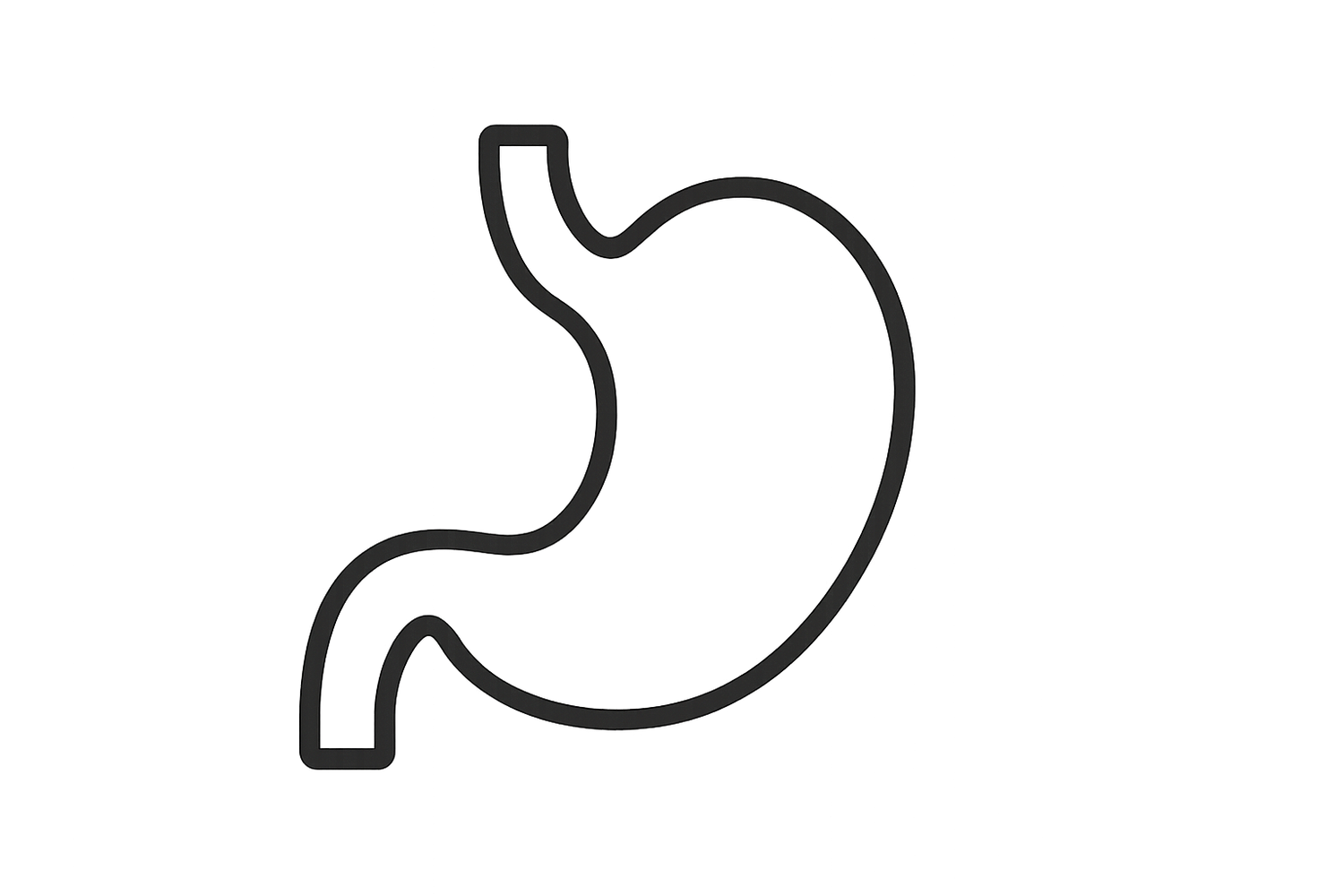GLP-1 & Real Satiety
Why Gym Snack Uses Pea Protein
- Protein that performs: 16g per serving to support fullness signals and muscle repair. (Protein is the most satiating macronutrient overall).
- Macro-balanced snacking: Protein + fiber + lower sugar vs. typical chips = fewer spikes/crashes. (Ultra-processed snacks dominate calories and are typically low in protein/fiber).
- Digestible, plant-based: Modern pea isolates offer high-quality, highly digestible protein; amino-acid limiting factors are well characterized and can be balanced in the overall diet.
How Gym Snack Fits the Science of Feeling Full
TL;DR: GLP-1 (and its partner PYY) are gut-derived “fullness” hormones that help regulate appetite. High-protein meals can raise GLP-1/PYY, supporting satiety; pea-protein preloads have also been shown to cut post-meal blood-sugar spikes and reduce later energy intake vs. no-protein controls (hormone effects are mixed study-to-study). Gym Snack is a crunchy, macro-balanced way to put that science to work in daily snacking.
How Protein Affects GLP-1 and PYY
Compared to carbs or fat, dietary protein tends to produce stronger satiety signals, including higher post-meal GLP-1 and PYY in many studies (timing and meal makeup matter). Practically, that’s why a protein-forward snack is more likely to keep you satisfied between meals.
What Research Says About Pea Protein
Human studies using pea-protein “preloads” (often in drinks or soups) report two useful outcomes:
- Lower post-meal blood sugar when pea protein is taken with a high-carb drink (dose-responsive).
- Lower energy intake at a later meal vs. a no-protein control.
Findings on GLP-1/PYY changes with pea protein are mixed (some trials show reduced intake without significant hormone differences), which is common in nutrition studies due to protocol differences. Bottom line: pea protein can support better glycemic control and real-world satiety behaviors.
What is GLP-1?
GLP-1 is a hormone released from L-cells in your intestine when you eat. It helps you feel full, slows gastric emptying, and supports glucose control.














